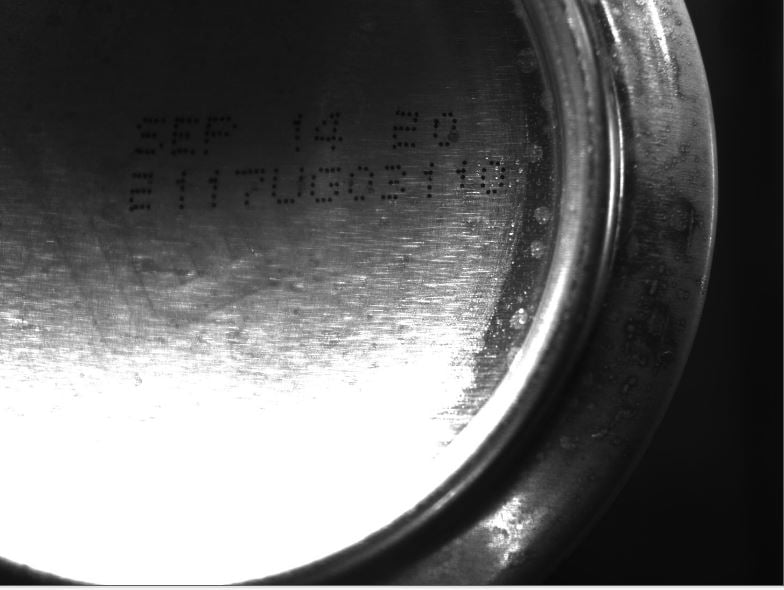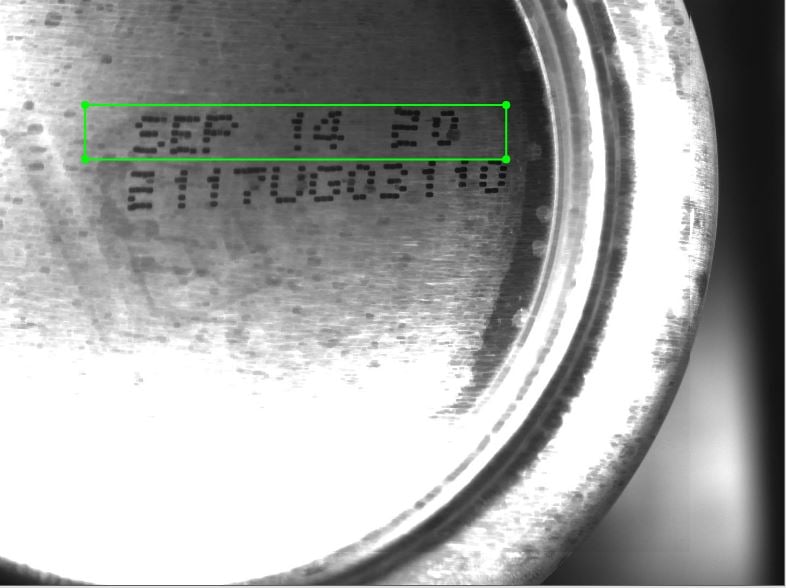Have you ever had to squint, strain, adjust your glasses, or just ask for someone with better vision to help read something for you? Now imagine having to adjust your eyesight 10 times a second. This is the power of machine vision. It can adjust, illuminate, filter, focus, read, and relay information that our eyes struggle with. Although the technology is 30 years old, machine vision is still in its early stages of adoption within the industrial space. In the past, machine vision was ‘nice to have’ but not really a ‘need to have’ technology because of costs, and the technology still not being refined. As traceability, human error proofing, and advanced applications grow more common, machine vision has found its rhythm within factory automation. It has evolved into a robust technology eager to solve advanced applications.
Take, for example, the accurate reading, validation, and logging of a date located on the concaved bottom of an aluminum can. Sometimes, nearly impossible to see with the human eye without some straining involved, it is completely necessary to ensure it is there to be able to sell the product. What would be your solution to ensuring the date stamp is there? Having the employee with the best eyes validate each can off the line? Using more ink and taking longer to print a larger code? Maybe adding a step by putting a black on white contrasting sticker on the bottom that could fall off? All of these would work but at what cost? A better solution is using a device easily capable of reading several cans a second even on a shiny, poor angled surface and saving a ton of unnecessary time and steps.
Machine vison is not magic; it is science. By combining high end image sensors, advanced algorithms, and trained vision specialists, an application like our aluminum can example can be solved in minutes and run forever, all while saving you time and money. In Figure 1 you can see the can’s code is lightly printed and overcome by any lighting due to hotspots from the angle of the can. In Figure 2 we have filtered out some of the glare, better defined the date through software, and validate the date is printed and correct.
Take a moment to imagine all the possibilities machine vision can open for your production process and the pain points it can alleviate. The technology is ready, are you?


























